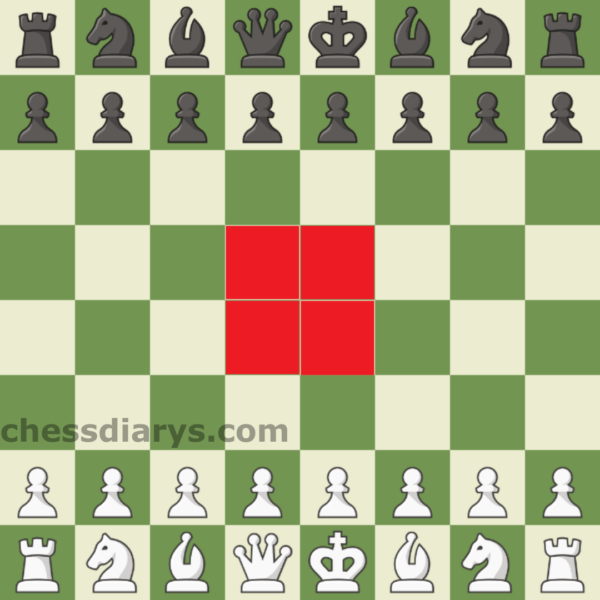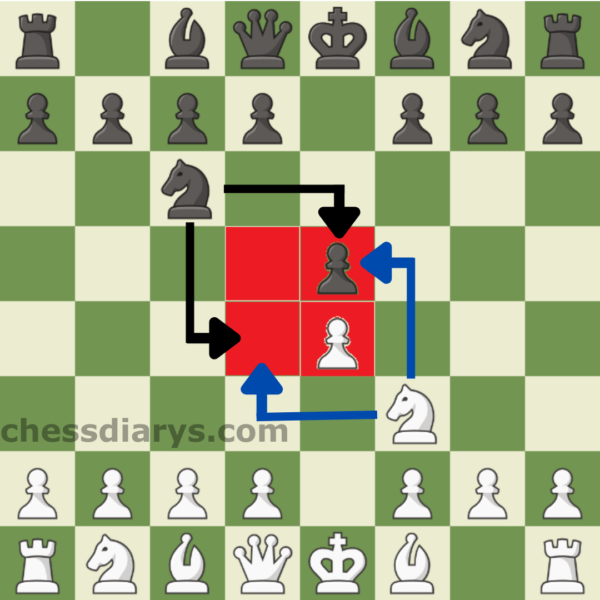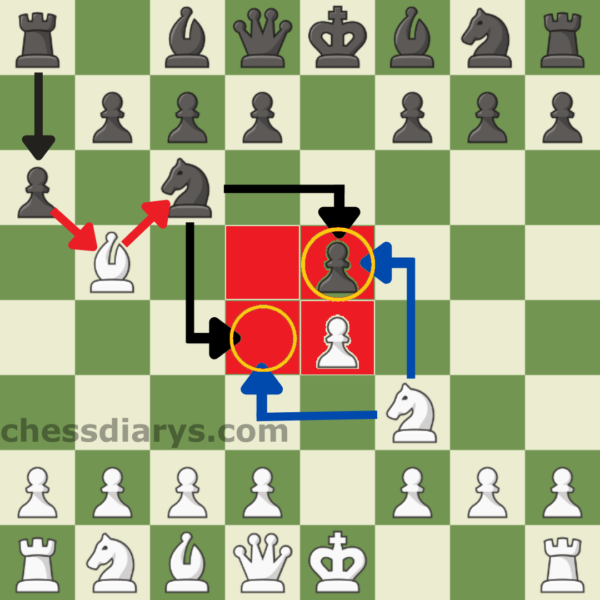Controlling the center of the chessboard is a cornerstone of chess strategy. The central squares—e4, e5, d4, and d5—serve as critical battlegrounds that determine mobility, piece activity, and long-term positional advantage. But how can you effectively control the center?
Here, I will explore three proven ways to dominate the center: occupying, attacking, and countering threats to it.

The simplest and most direct way to control the center is to occupy it with your pawns. This concept is emphasized in many classical chess openings.
For example:
- White begins with 1. e4, staking a claim on the e4 square.
- Black responds with 1… e5, mirroring the same strategy.
This approach not only ensures control of the center but also opens pathways for key pieces like the bishop and queen. It helps create a strong foundation for further development.
Why is this important?
When you occupy the center early, you gain tempo (the ability to make moves that force your opponent to react). This can give you a positional advantage, allowing better control of the game’s flow.
Attacking the Center Squares

Beyond occupying the center, you must reinforce your control by attacking key central squares. Minor pieces like knights and bishops are ideal for this task.
For instance:
- After 1. e4 e5, White can play 2. Nf3, targeting e5 and d4 simultaneously.
- Black might reply with 2… Nc6, reinforcing e5 and extending control to d4.
Knights are excellent for attacking central squares early in the game because they can influence multiple areas quickly. Avoid deploying your queen or rooks too soon; losing these major pieces early can lead to a significant disadvantage. Instead, focus on building a strong position with minor pieces.
Countering Enemy Threats to the Center

Another advanced strategy involves neutralizing enemy pieces that challenge your control of the center. For example:
- White plays 3. Bb5, pinning the knight on c6.
- Black responds with 3… a6, forcing the bishop to decide whether to retreat or exchange.
Although this maneuver doesn’t directly occupy or attack the center, it undermines Black’s knight, which influences the e5 and d4 squares. By disrupting your opponent’s plans, you indirectly strengthen your control over the center.
Common Mistakes to Avoid
Bringing out the queen too early: While the queen is powerful, it’s vulnerable to attacks from minor pieces early in the game.
Ignoring development: Over-focusing on the center without developing your pieces can leave you vulnerable to counterattacks.
Summing Up: Mastering Center Control
To dominate the center, remember these three key strategies:
- Occupy the central squares with pawns for a strong foundation.
- Attack the center using minor pieces like knights and bishops.
- Neutralize enemy threats to your central control.
Conclusion
Mastering center control is essential for both beginners and advanced players. By applying these strategies consistently, you’ll improve your positional play and increase your chances of success on the board.
Ready to enhance your chess skills further? Explore our detailed lessons on chess basics and advanced strategies to take your game to the next level.









